
Democracy, rationality, environment, history, science, real news, minorities & underdogs 🇪🇺
How to get URL link on X (Twitter) App


 2/n In order not to create competition between them, Gavra's parents decide to move to Novi Sad, giving everyone the opportunity to flourish in their profession. In 1938, Gavra's sister, Irena-Rina (Beba) was born. The family found its feet in its adopted city.
2/n In order not to create competition between them, Gavra's parents decide to move to Novi Sad, giving everyone the opportunity to flourish in their profession. In 1938, Gavra's sister, Irena-Rina (Beba) was born. The family found its feet in its adopted city.
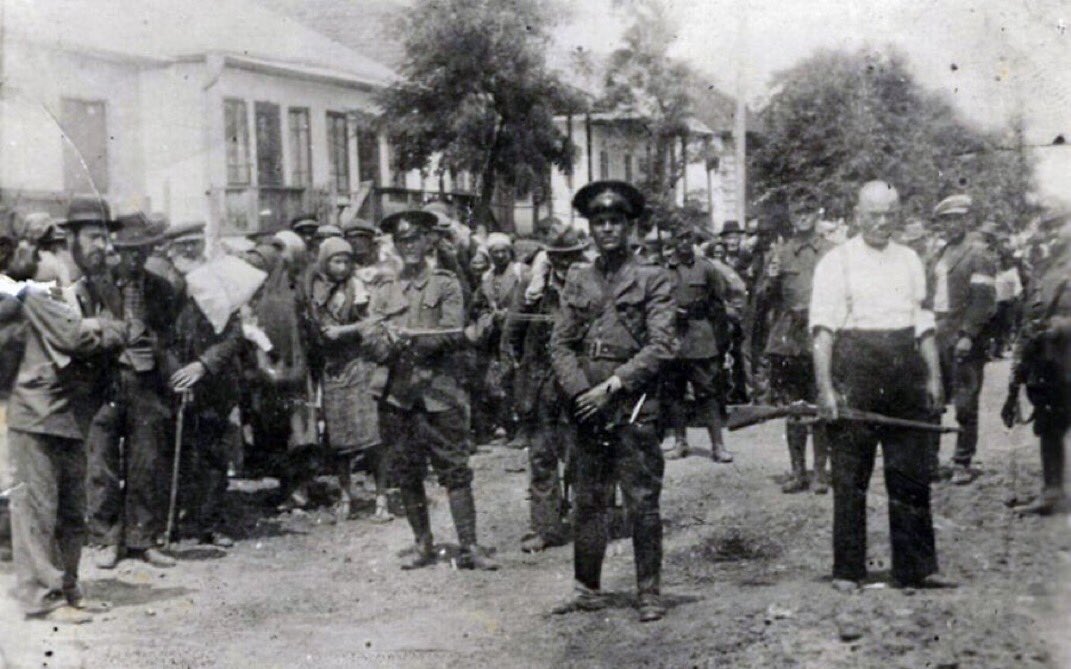
 2/n In December 1941, at a place called Bogdanovka in modern Ukraine, the largest shooting massacre of the Holocaust took place. Remarkably, it is an event barely known about in the English-speaking world. Bogdanovka, which today lies in Ukraine close to the River Bug,
2/n In December 1941, at a place called Bogdanovka in modern Ukraine, the largest shooting massacre of the Holocaust took place. Remarkably, it is an event barely known about in the English-speaking world. Bogdanovka, which today lies in Ukraine close to the River Bug, 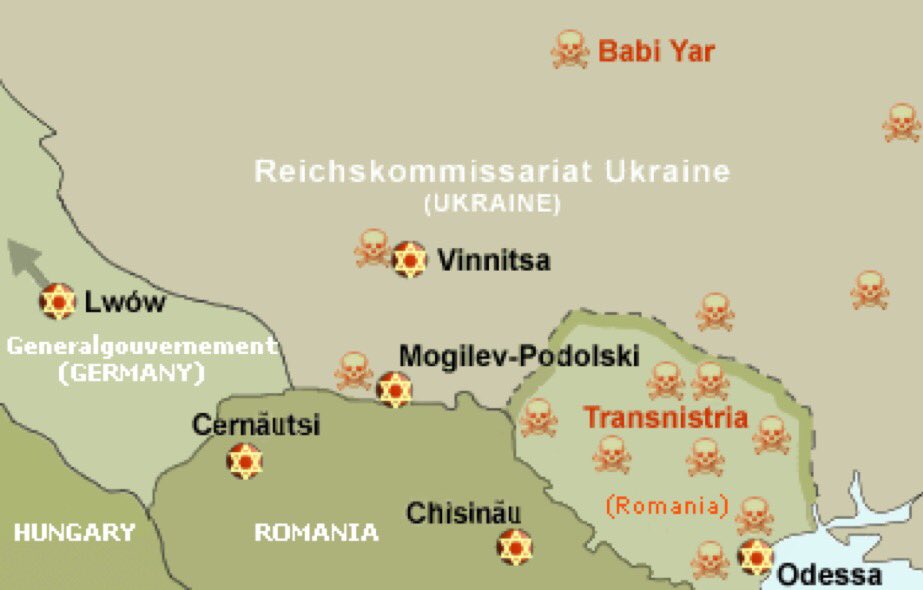
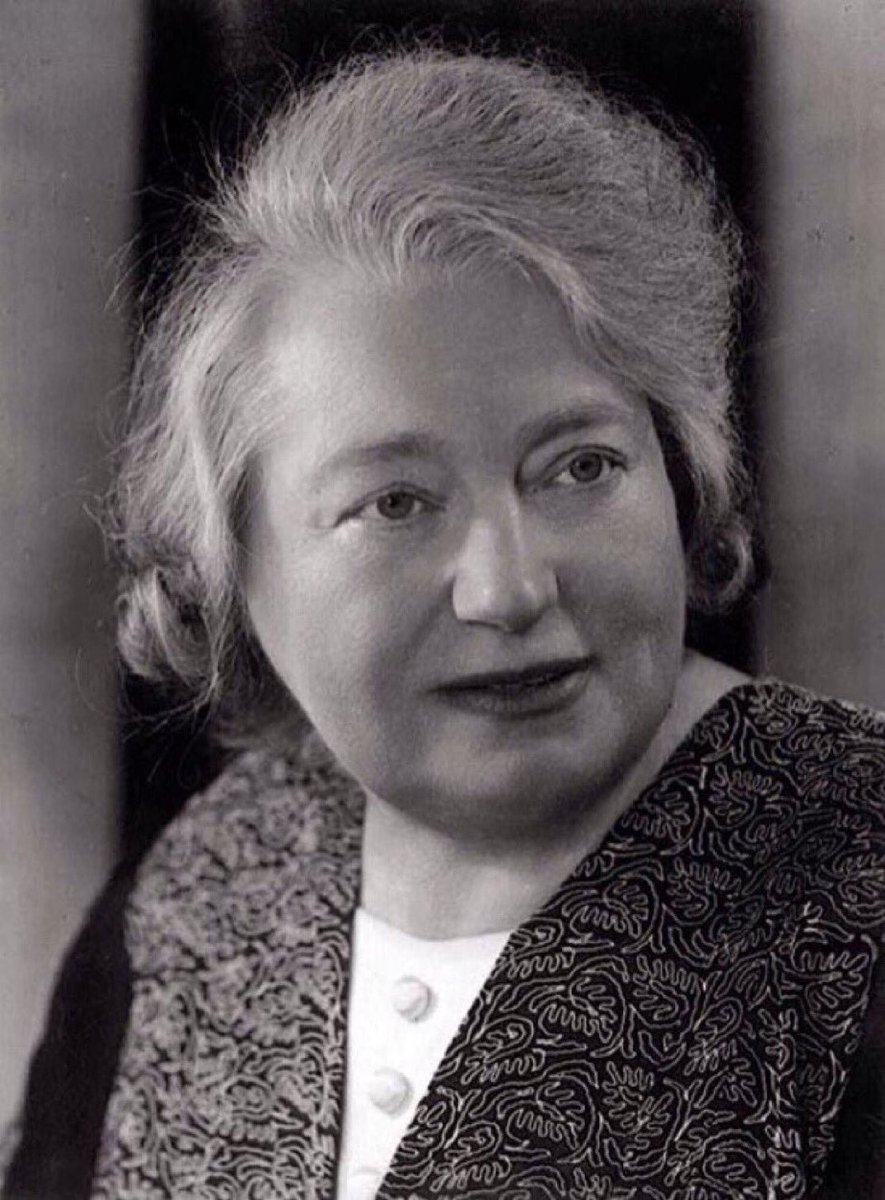
 2/n war was a German Jew named Jakob Guttman. When the Nazis began deporting and murdering Germany’s Jews, Jakob and his family were killed. One of his sons, Heinz, was able to escape and left on the streets. None of his Gentile acquaintances would risk their lives to shelter him
2/n war was a German Jew named Jakob Guttman. When the Nazis began deporting and murdering Germany’s Jews, Jakob and his family were killed. One of his sons, Heinz, was able to escape and left on the streets. None of his Gentile acquaintances would risk their lives to shelter him

 2/n The escape of the last remaining prisoners of the Novogrudok Ghetto in Belarus after 2 years of Nazi occupation took place on September 26, 1943. It was organized from the barracks of the closed-type ghetto through a 200-metre-long tunnel which the prisoners dug themselves.
2/n The escape of the last remaining prisoners of the Novogrudok Ghetto in Belarus after 2 years of Nazi occupation took place on September 26, 1943. It was organized from the barracks of the closed-type ghetto through a 200-metre-long tunnel which the prisoners dug themselves. 
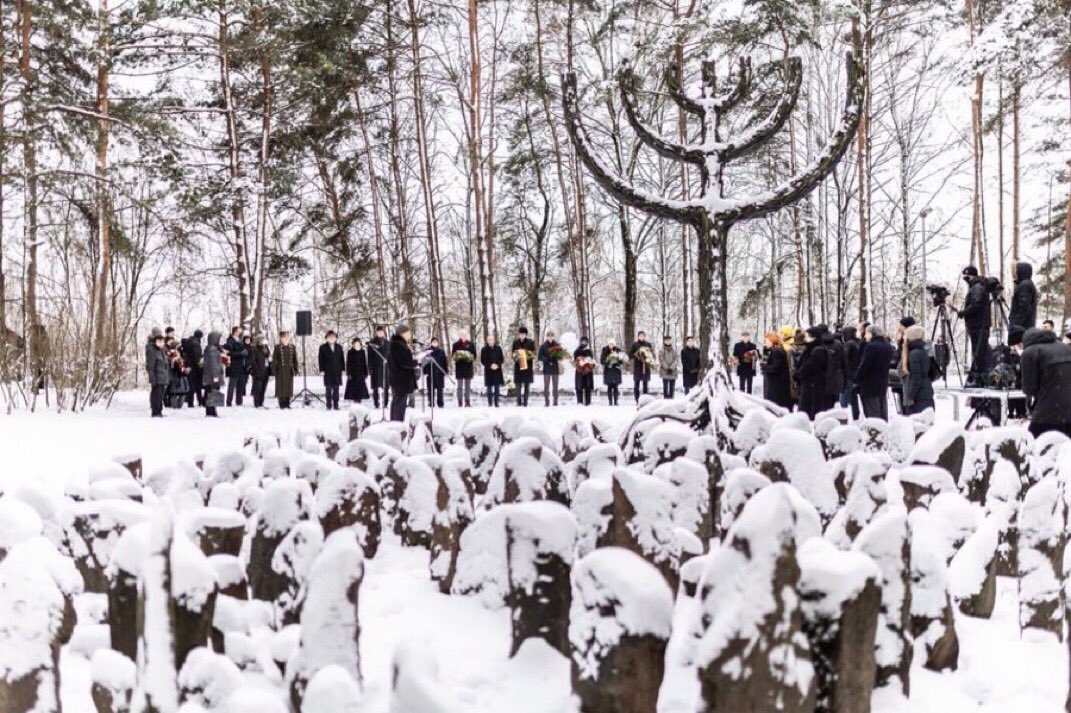
 2/n In late November & early December 1941, the Germans announced they intended to settle the majority of ghetto inhabitants "further east." On November 30 & December 8-9, at least 25,000 Jews from the Riga ghetto were shot by German SS & police units & their Latvian auxiliaries
2/n In late November & early December 1941, the Germans announced they intended to settle the majority of ghetto inhabitants "further east." On November 30 & December 8-9, at least 25,000 Jews from the Riga ghetto were shot by German SS & police units & their Latvian auxiliaries
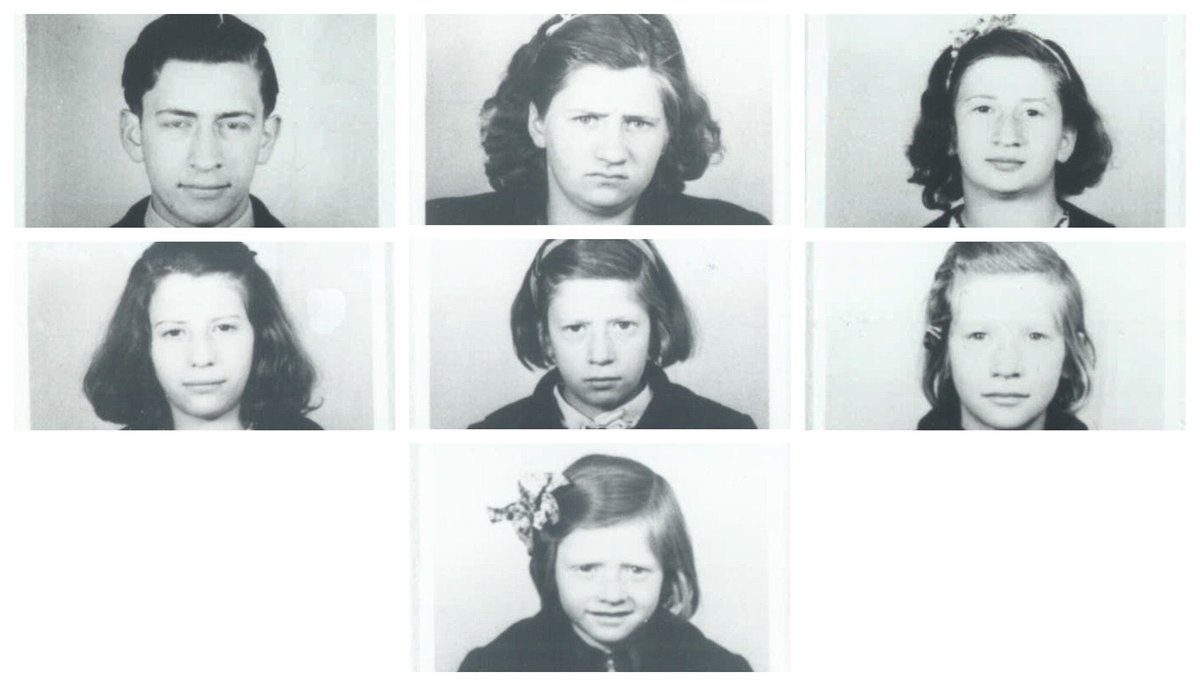
 2/n Alexander was a German traveling salesman who met Lina Banda in Hungary and fell in love with her. Alexander was Catholic, however, and Lina’s father was an Orthodox rabbi. So Alexander converted and the two married.
2/n Alexander was a German traveling salesman who met Lina Banda in Hungary and fell in love with her. Alexander was Catholic, however, and Lina’s father was an Orthodox rabbi. So Alexander converted and the two married.
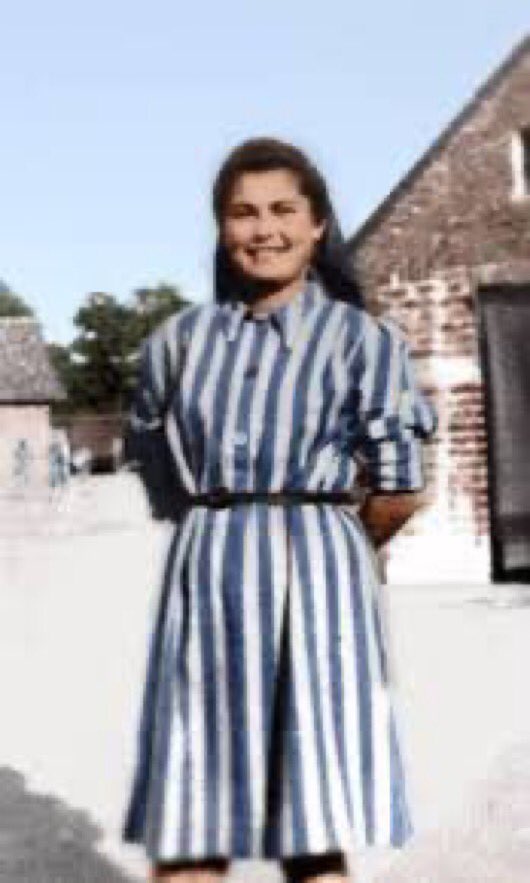

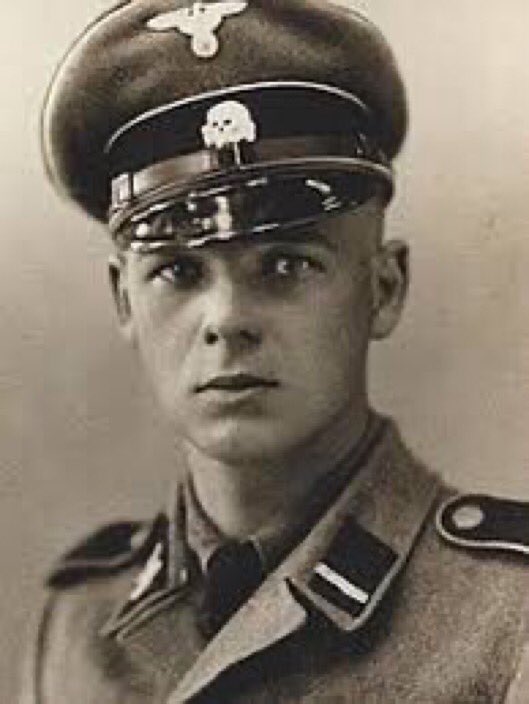 2/n from Czechoslovakia to Auschwitz. The dogs are barking and the guards are laughing as the beautiful Helena is undressed and shaved. The humiliations of the concentration camp only get worse as the weeks go by, until the SS officer Franz Wunsch hears her sing
2/n from Czechoslovakia to Auschwitz. The dogs are barking and the guards are laughing as the beautiful Helena is undressed and shaved. The humiliations of the concentration camp only get worse as the weeks go by, until the SS officer Franz Wunsch hears her sing 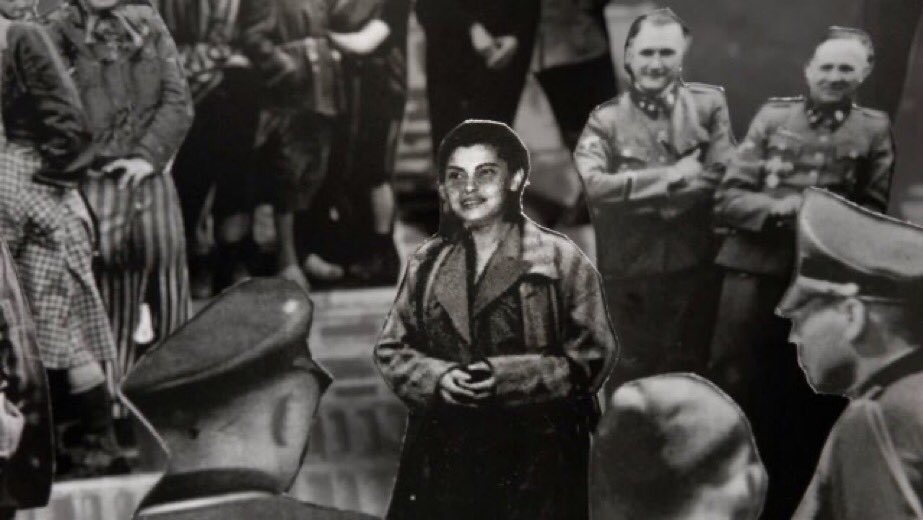
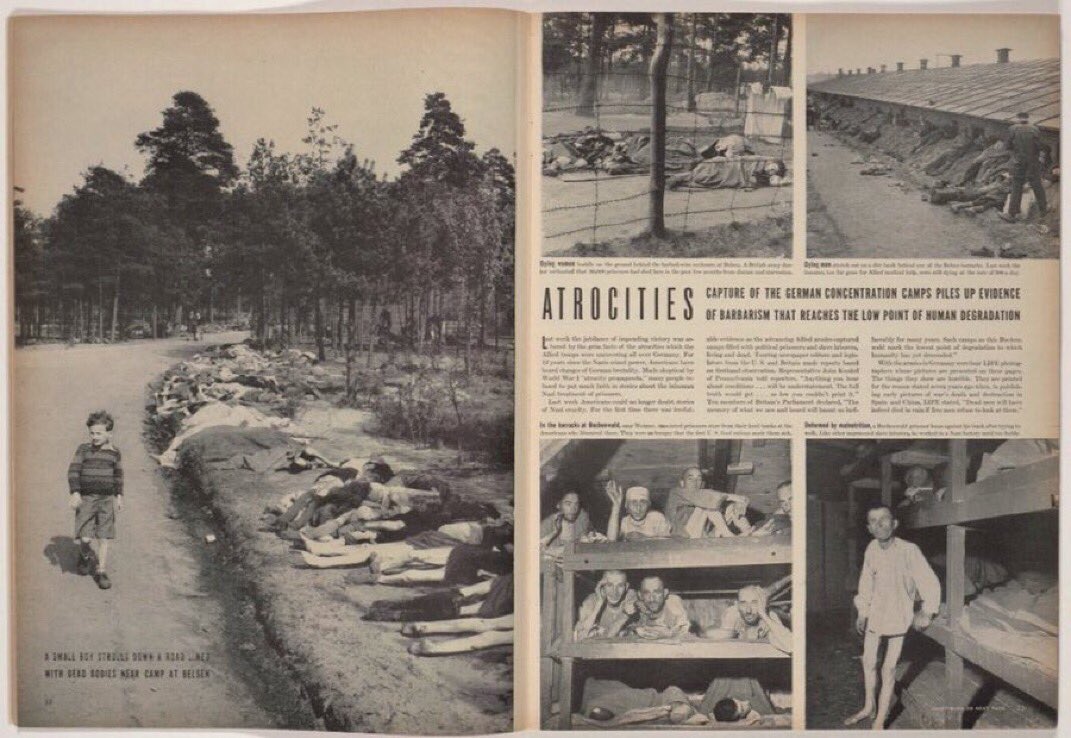
 2/n It's a photo that shocked many Americans. A little boy walking past corpses in Bergen-Belsen, his gaze averted. That boy was 7-year-old Sieg Maandag from Amsterdam.
2/n It's a photo that shocked many Americans. A little boy walking past corpses in Bergen-Belsen, his gaze averted. That boy was 7-year-old Sieg Maandag from Amsterdam.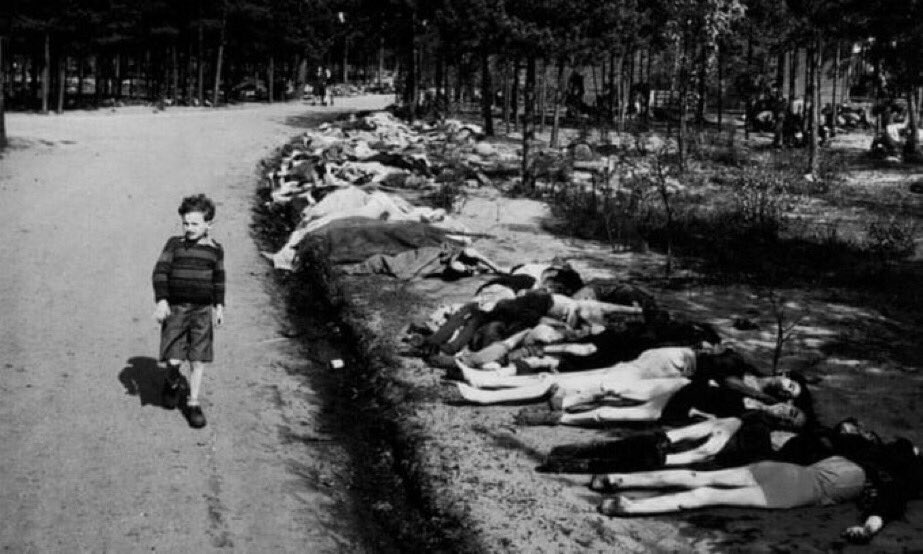
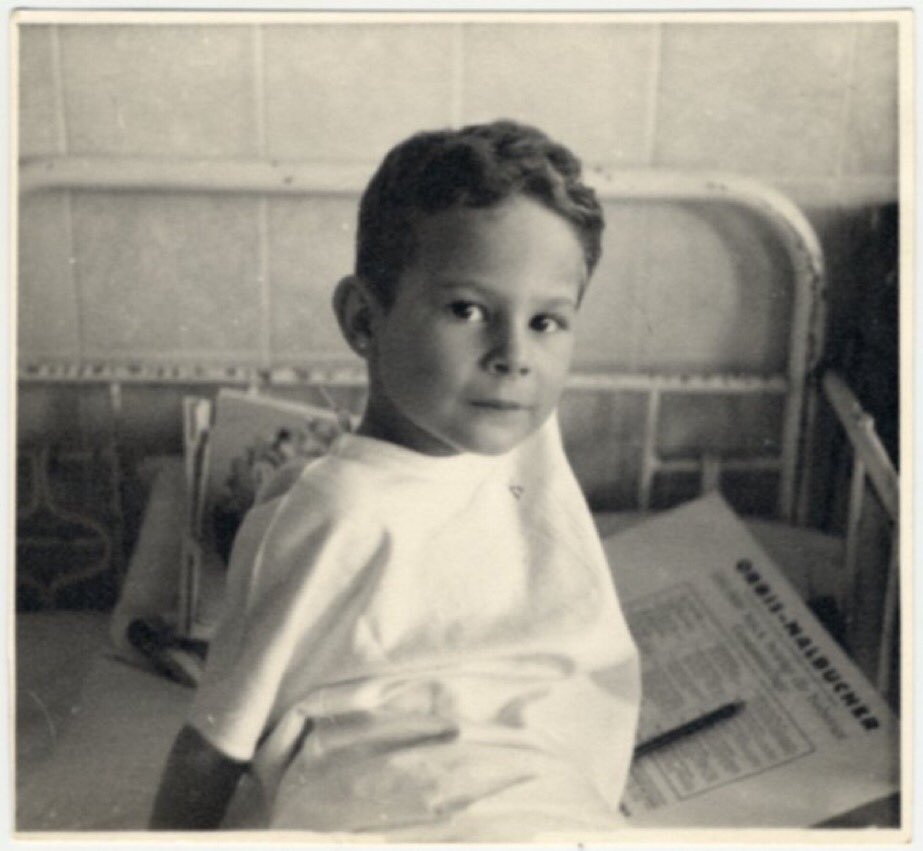
 2/n Robert’s hip was injured during delivery, resulting in a permanent disability.
2/n Robert’s hip was injured during delivery, resulting in a permanent disability.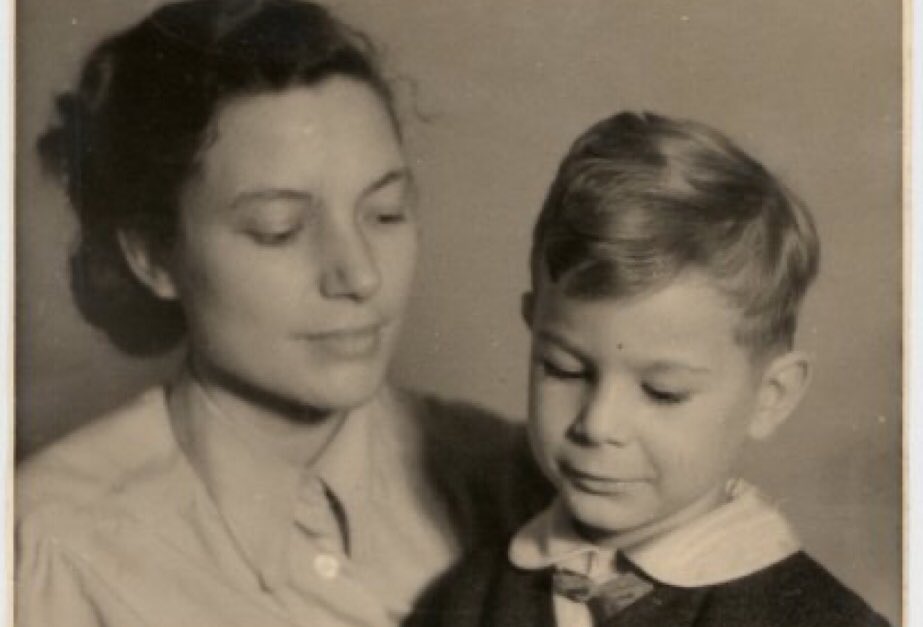
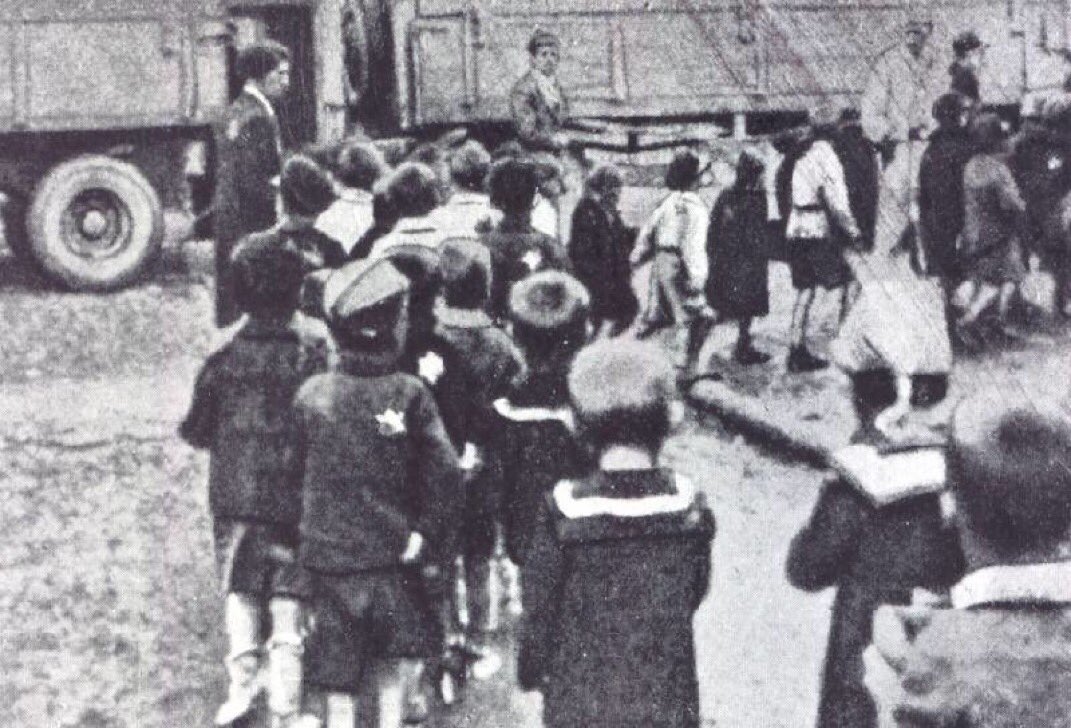
 2/n The transport of 1,200 children and 20 adults, traveled for 3 days by train and arrived on the 24 or 25 August at Theresienstadt.
2/n The transport of 1,200 children and 20 adults, traveled for 3 days by train and arrived on the 24 or 25 August at Theresienstadt.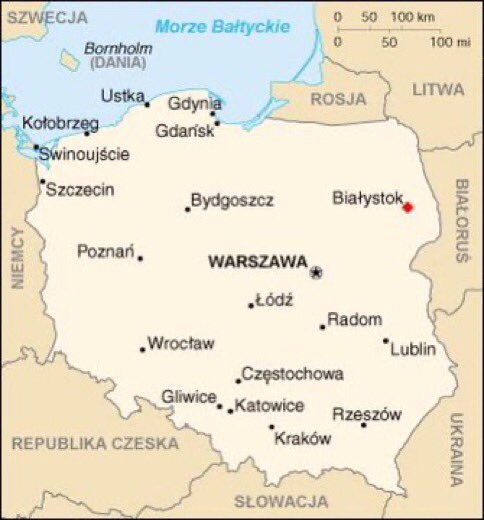
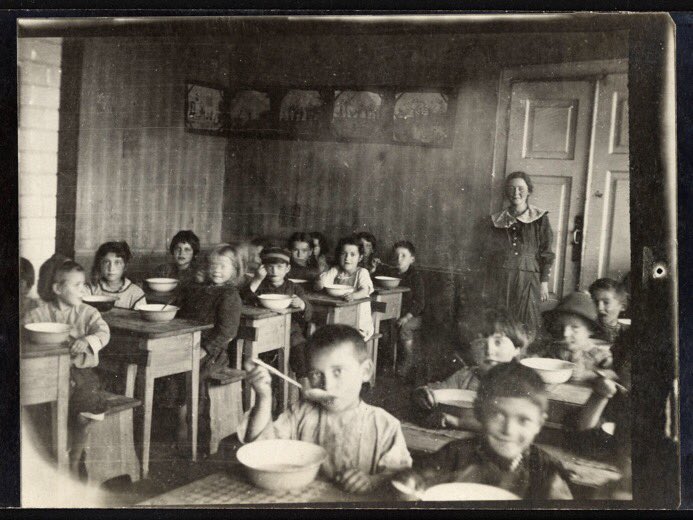
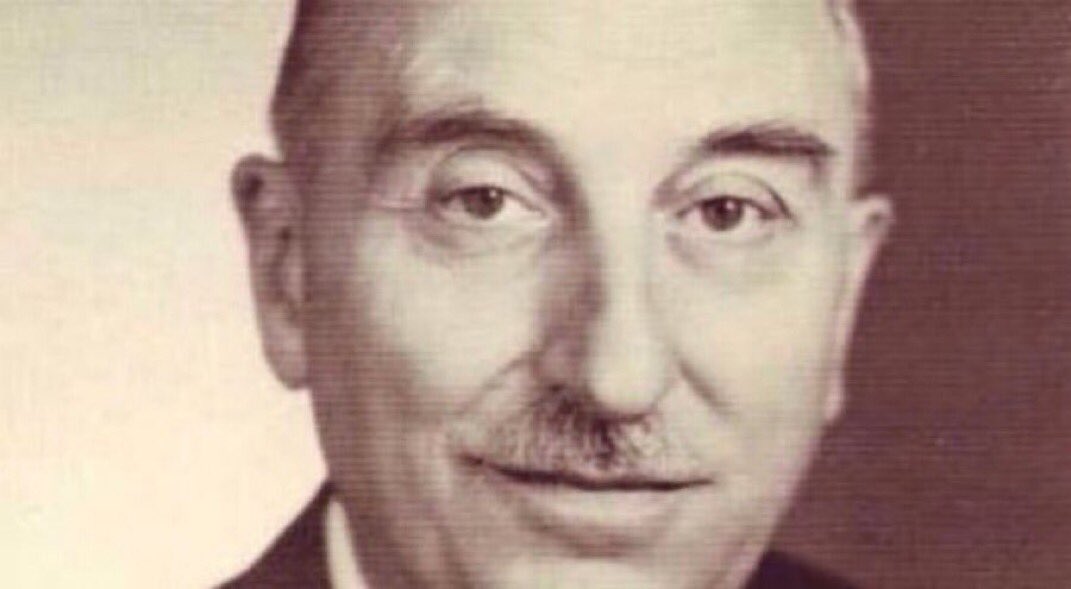
 2/n contagious and dangerous. But, in fact, it was all a ruse. A trio of doctors — Vittorio Sacerdoti, Giovanni Borromeo, and Adriano Ossicini — invented the disease to save Jews in Italy. When Jews came to Fatebenefratelli Hospital seeking a safe haven from the Nazis,
2/n contagious and dangerous. But, in fact, it was all a ruse. A trio of doctors — Vittorio Sacerdoti, Giovanni Borromeo, and Adriano Ossicini — invented the disease to save Jews in Italy. When Jews came to Fatebenefratelli Hospital seeking a safe haven from the Nazis,
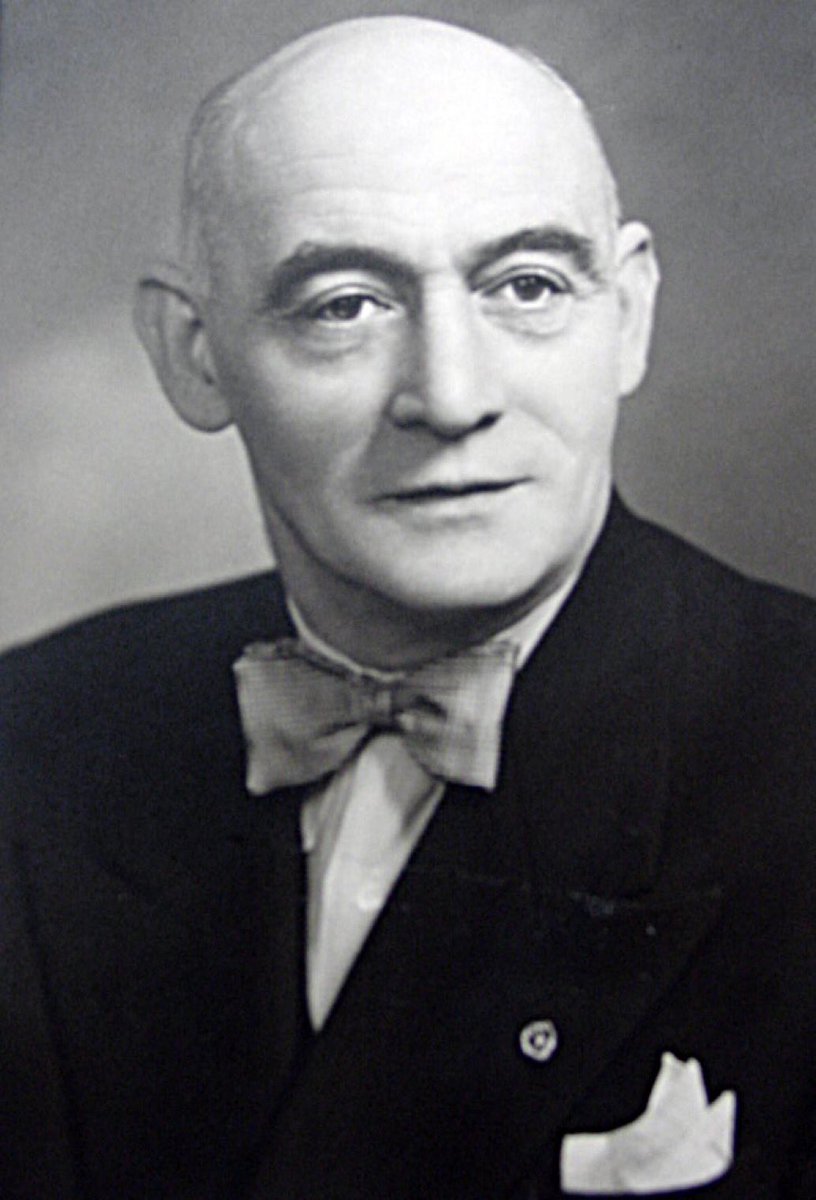
 @AuschwitzMuseum 2/n “The registration office was under the command of the lawyer Dr Erich Krull. We sat on a bench where we received a number … A voice gave the order to put everything we had into a hat and said we could not keep anything. The walls were full of posters prompting us to hand in
@AuschwitzMuseum 2/n “The registration office was under the command of the lawyer Dr Erich Krull. We sat on a bench where we received a number … A voice gave the order to put everything we had into a hat and said we could not keep anything. The walls were full of posters prompting us to hand in
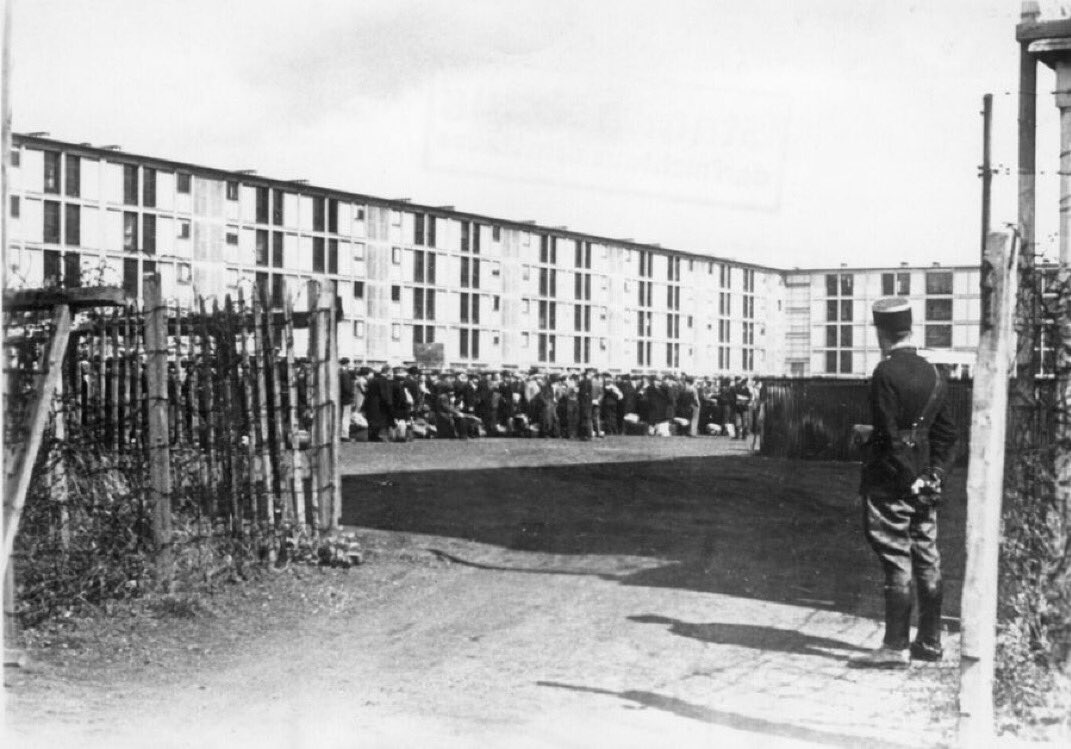
 2/n About a thousand internees arrived at the Drancy camp in June, another thousand in July, including 250 children rounded up between 21 and 25 July 1944 in UGIF children's homes in the Paris region.
2/n About a thousand internees arrived at the Drancy camp in June, another thousand in July, including 250 children rounded up between 21 and 25 July 1944 in UGIF children's homes in the Paris region.
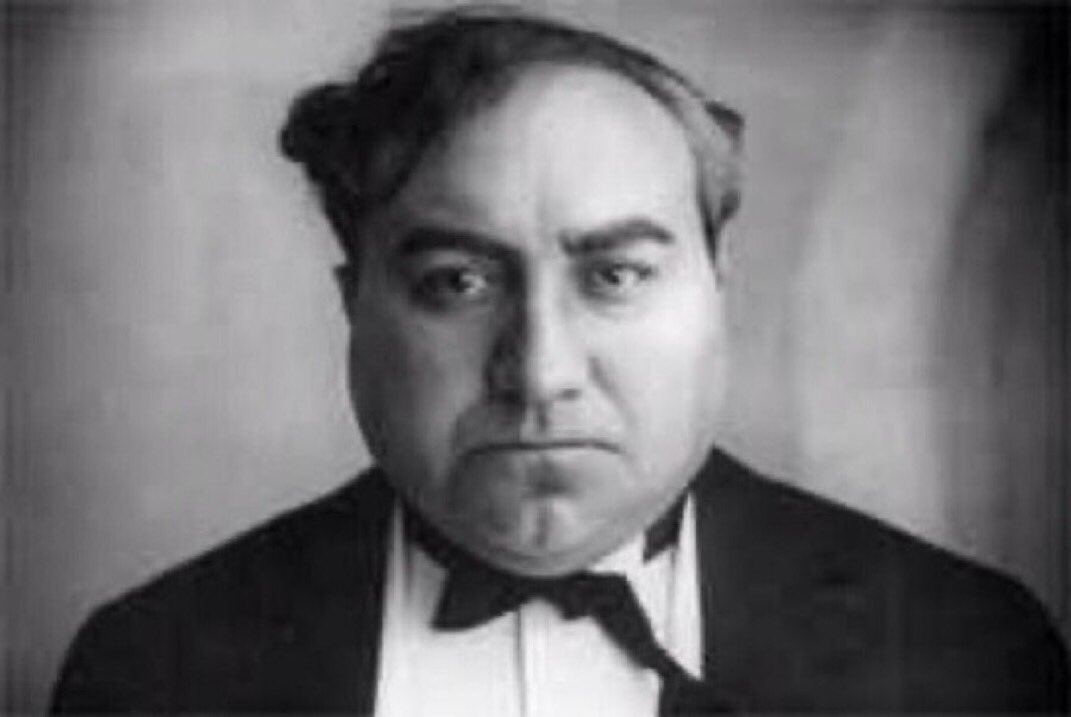
 2/n Kurt Gerron,*May 11, 1897, was a well-known artist. After his professional ban in Germany, he fled, was caught in Holland, and deported to Theresienstadt.
2/n Kurt Gerron,*May 11, 1897, was a well-known artist. After his professional ban in Germany, he fled, was caught in Holland, and deported to Theresienstadt.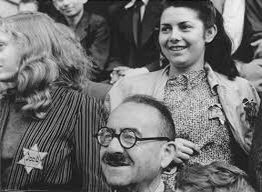
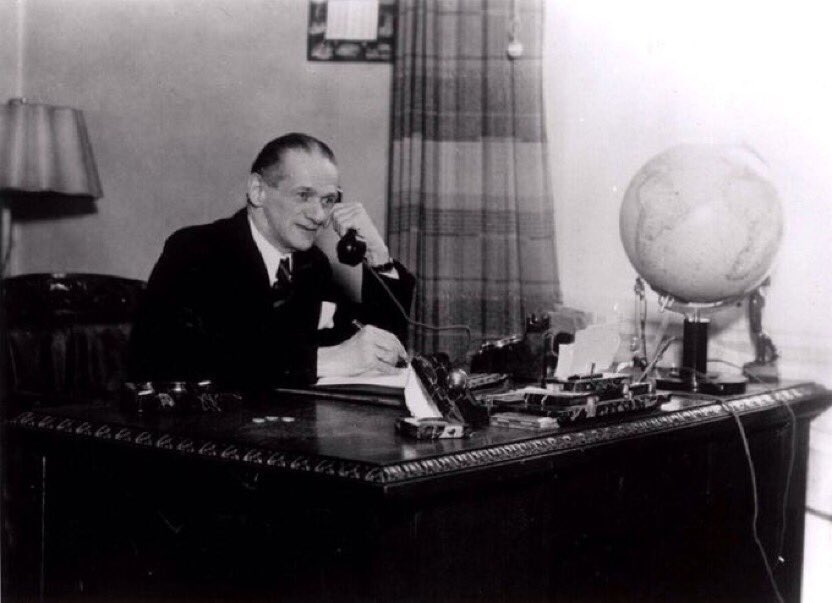

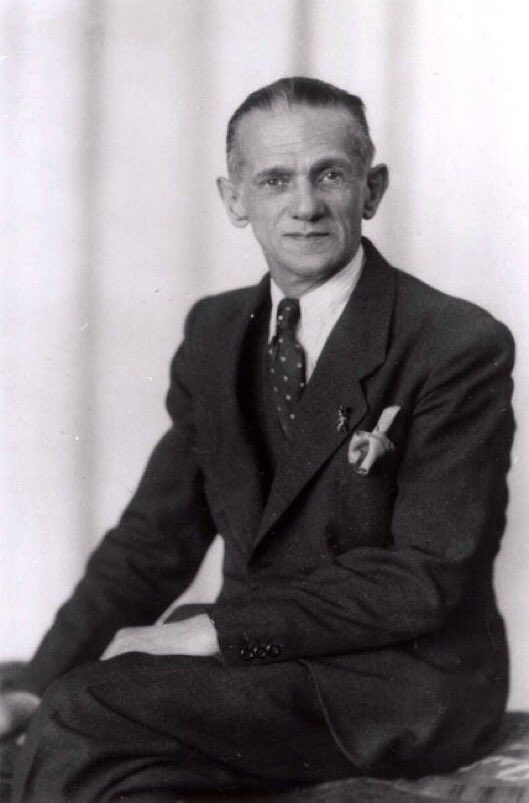 2/n company with blind workers that produced brushes and brooms for the army. His employees were almost all blind, deaf or mute Jews whom a Jewish nursing home near Berlin. When the deportations began, fearless, he argued with Gestapo officials to save every single Jewish worker.
2/n company with blind workers that produced brushes and brooms for the army. His employees were almost all blind, deaf or mute Jews whom a Jewish nursing home near Berlin. When the deportations began, fearless, he argued with Gestapo officials to save every single Jewish worker.
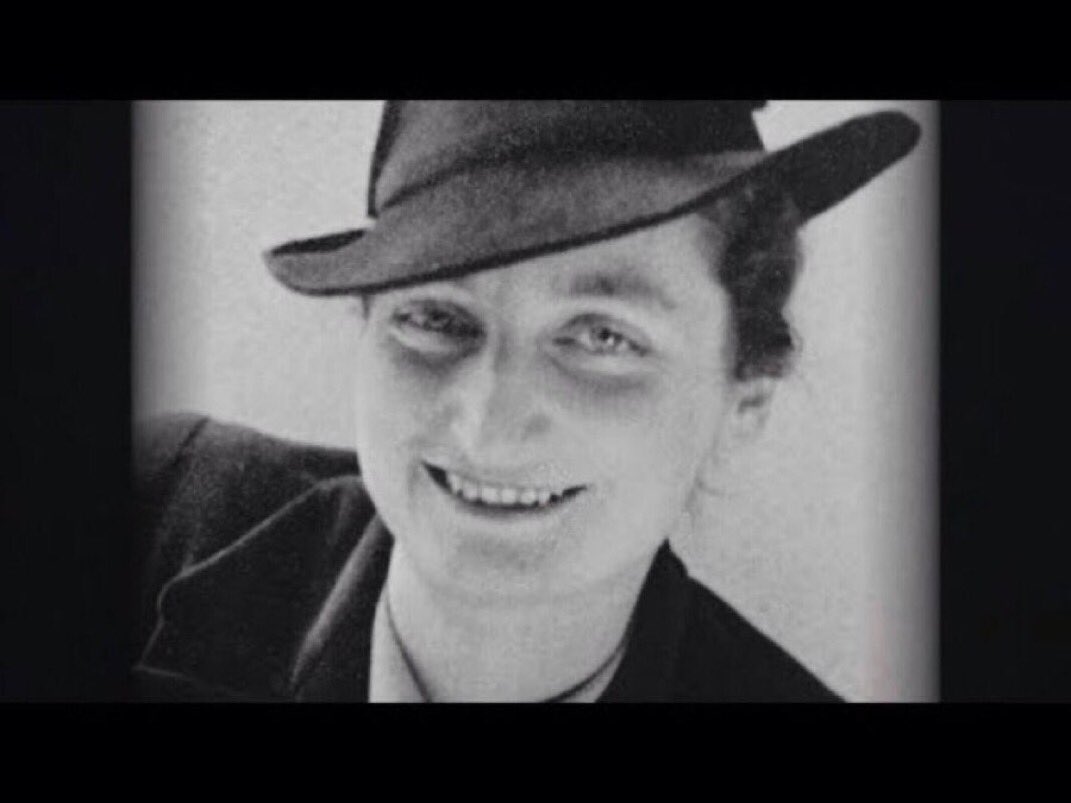
 2/n a high standard of living. However, she found the German occupation of France intolerable and decided to join the Resistance.
2/n a high standard of living. However, she found the German occupation of France intolerable and decided to join the Resistance.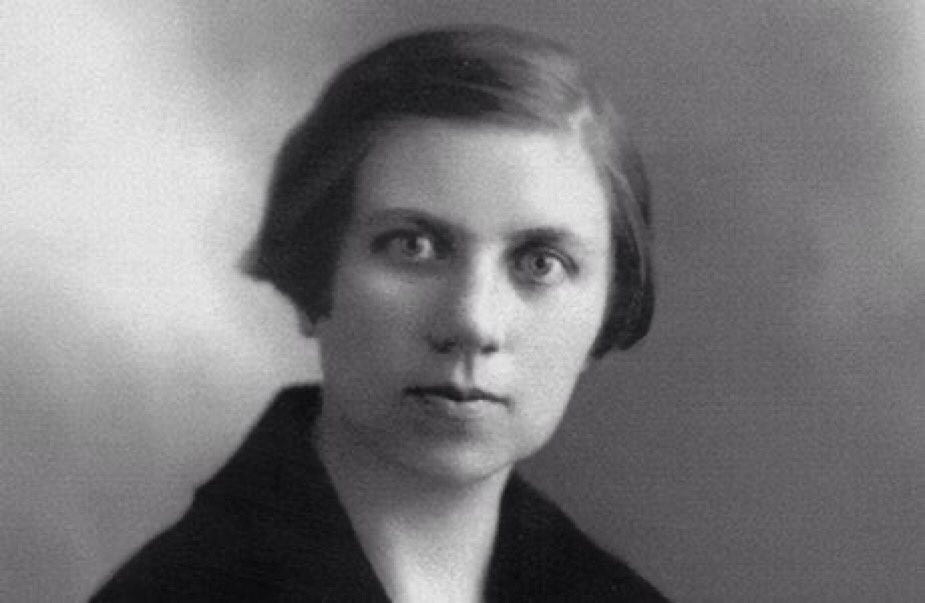

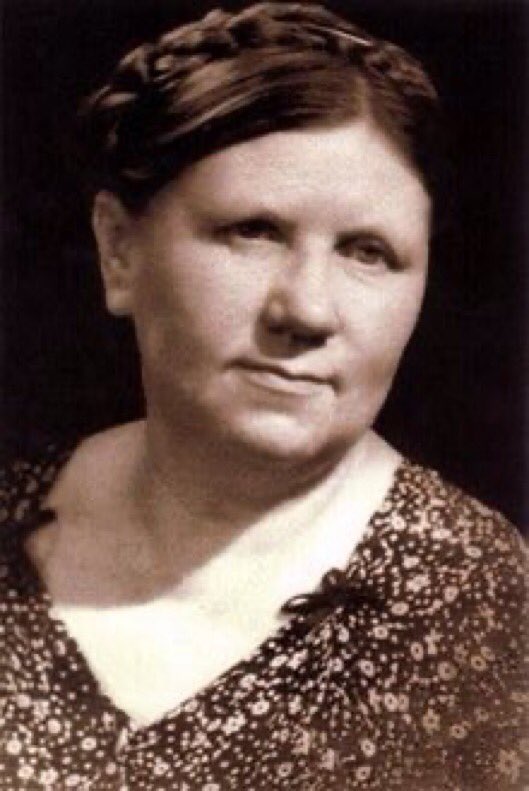 2/n Born in Lithuania, but educated in Russia, in 1940, Christian woman named Ona Šimaitė moved to Vilnius (Vilna), long known as “the Jerusalem of Lithuania.” There, Ona took a job as librarian at Vilnius University just as the Lithuanian people faced the looming German invasion
2/n Born in Lithuania, but educated in Russia, in 1940, Christian woman named Ona Šimaitė moved to Vilnius (Vilna), long known as “the Jerusalem of Lithuania.” There, Ona took a job as librarian at Vilnius University just as the Lithuanian people faced the looming German invasion
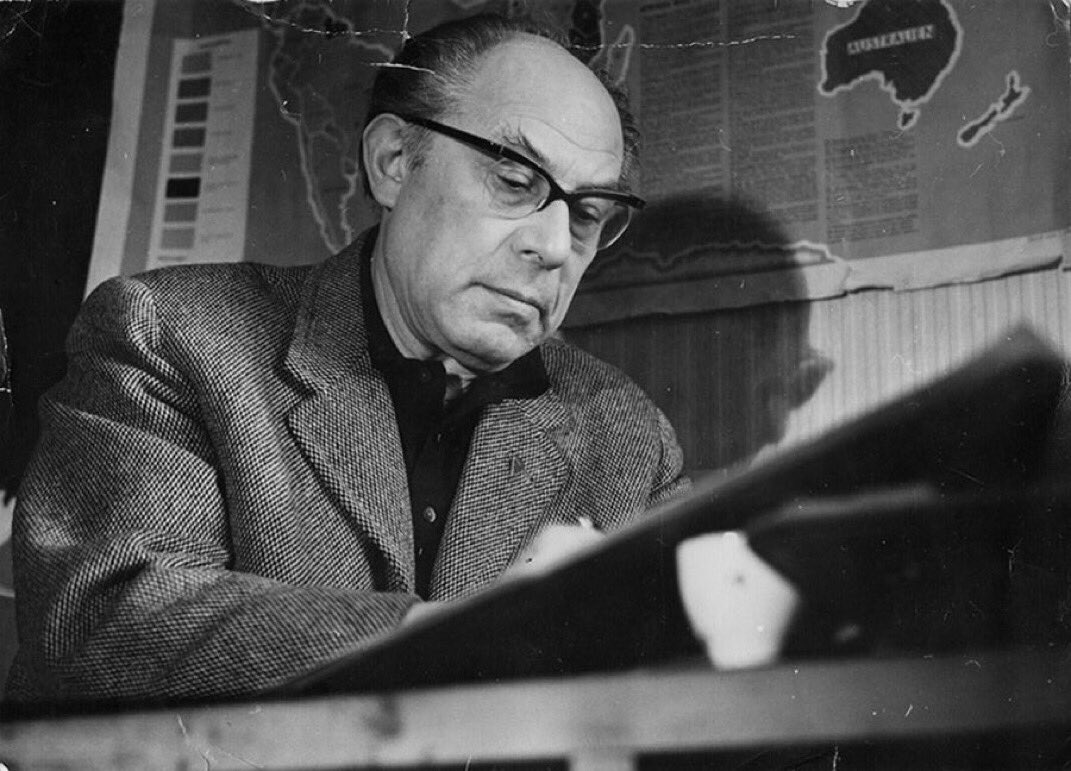
 2/n From 1925–38 he worked in Vienna and Opava as an illustrator, painter and book-designer. He was arrested in 1939 for helping German communists to cross the border illegally and sent into forced labour.
2/n From 1925–38 he worked in Vienna and Opava as an illustrator, painter and book-designer. He was arrested in 1939 for helping German communists to cross the border illegally and sent into forced labour.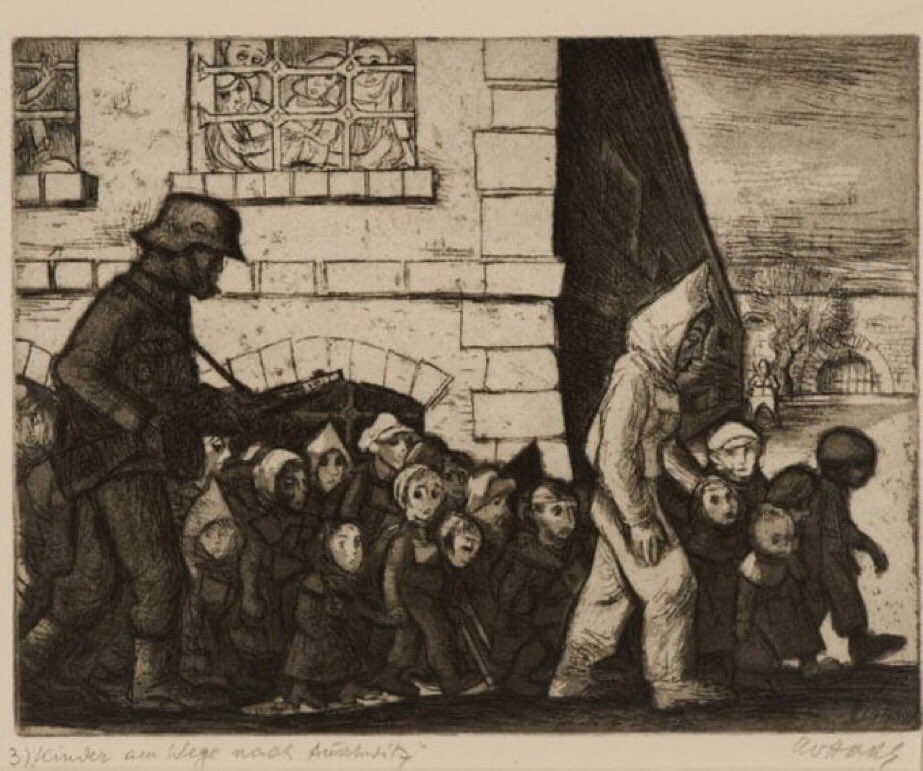
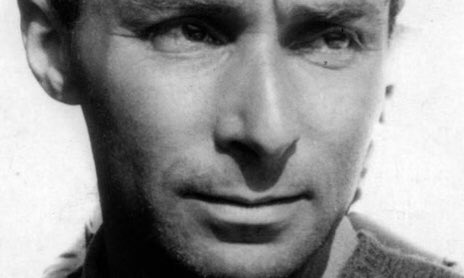
 2/n prisoners’ low station and the general disregard with which the Germans treat them. Contrarily, German officials and even German prisoners are given leather shoes, which are far more comfortable and less likely to cause dangerous infections. Near the end of the story, as the
2/n prisoners’ low station and the general disregard with which the Germans treat them. Contrarily, German officials and even German prisoners are given leather shoes, which are far more comfortable and less likely to cause dangerous infections. Near the end of the story, as the 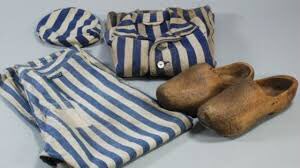
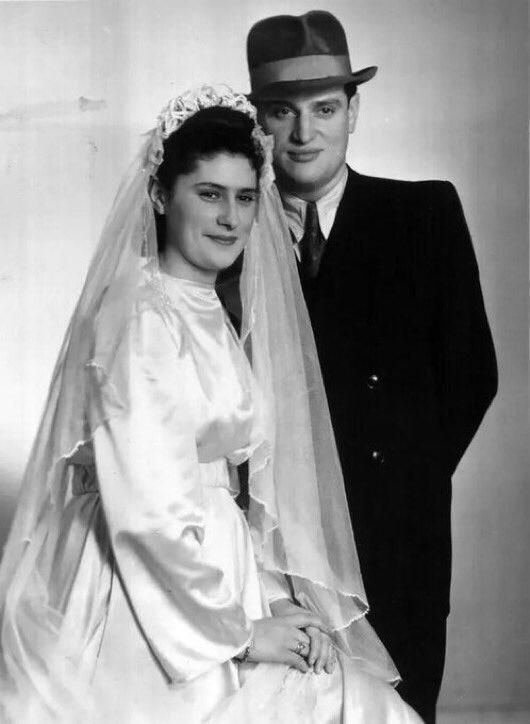

 2/n On September 1st, 1939, the Holocaust broke out in Europe. On September 4th, the Germans occupied Sosnowiec.
2/n On September 1st, 1939, the Holocaust broke out in Europe. On September 4th, the Germans occupied Sosnowiec.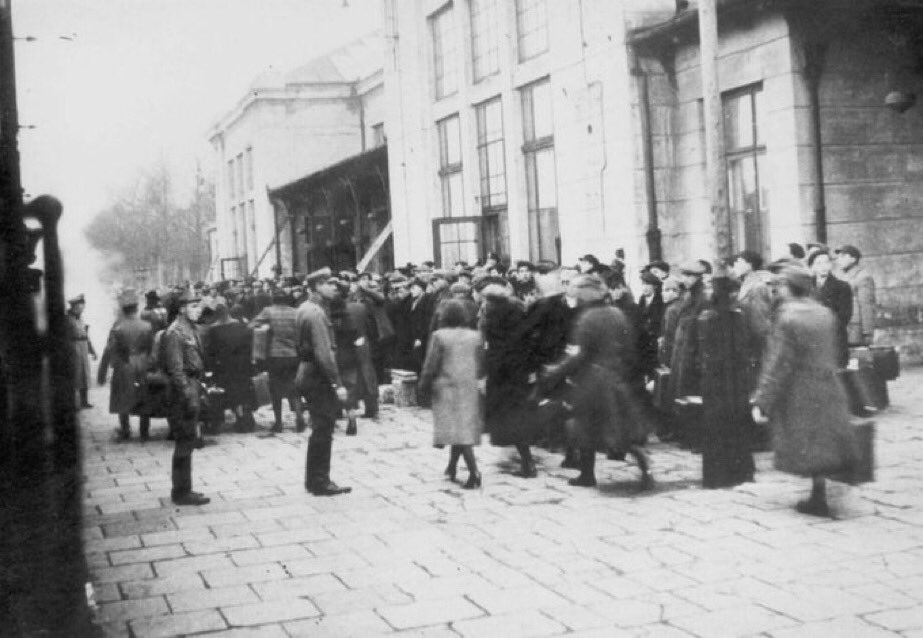
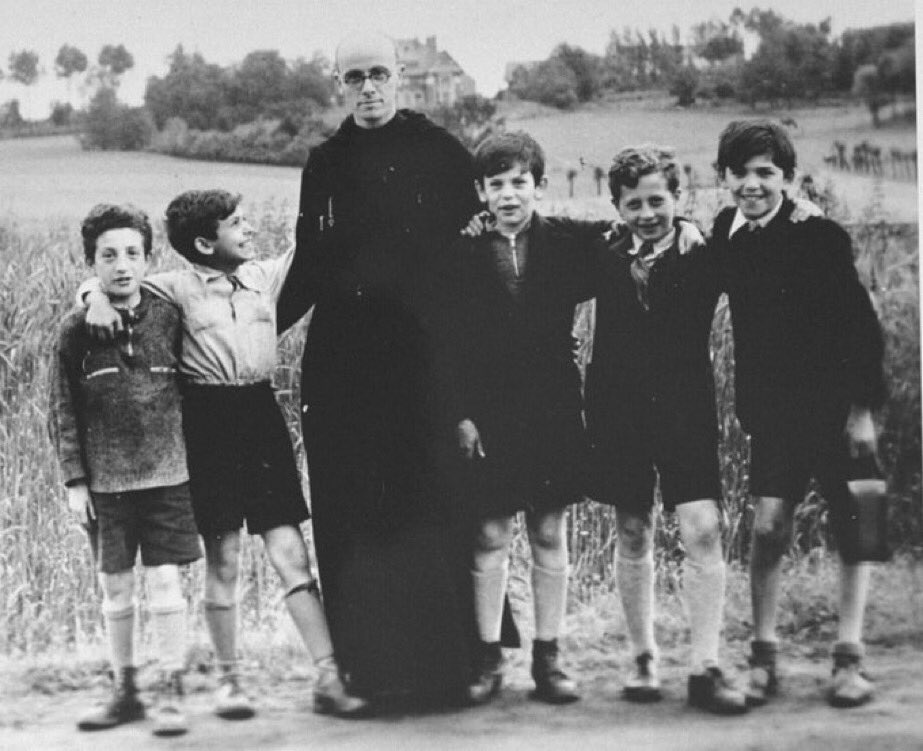
 2/n Father Bruno Reynders (1903-1981), the savior of more than three hundred Jewish children under the Nazi occupation, was born in Ixelles. Back on the perilous route of this priest in whom Israel recognized a “Righteous of the Nations”. First there is the campaign of May 1940
2/n Father Bruno Reynders (1903-1981), the savior of more than three hundred Jewish children under the Nazi occupation, was born in Ixelles. Back on the perilous route of this priest in whom Israel recognized a “Righteous of the Nations”. First there is the campaign of May 1940